Click below to watch video
If Petra was the original Holy City of Islam, then what about the city of Medina? Was it also in a different Place? Dan Gibson traces out the history of Medina and the ancient buildings to demonstrate that there is no question of the location of Medina.
Transcript
Video #30 This is a general transcript of a Dan Gibson video.
Hello, and welcome to another video in the series Q&A, Questions and Answers. Over the last six months I have received a number of emails asking about the city of Medina.
Now, if you are new to the topic of this video series, let me back up and explain that in 2010 I wrote the book: Qur’anic Geography and a couple of years later the book: Early Islamic Qiblas. A documentary film was also made: The Sacred City. Those books and the film put forward a theory that the original holy city of Islam was actually Petra in Jordan, which is where the Black Rock and Ka’ba building were originally located. The founding of Mecca in Saudi Arabia did not happen until some years after the prophet Muhammad died, during the 2nd Civil war known as the 2nd Fitna.
In the books and the media I demonstrate that all of the mosques in the first 100 years of Islam faced towards Petra in Jordan. I propose, and I defend the idea that Muhammad was born and raised in Petra, and that Petra was the original location of Masjid al-Haraam, with the Black Rock, and also with the Ka’ba building.
And when we visit Petra we find a foundation there, the foundation that fits the measurements given by Azraqi when he tell us the dimensions of the Ka’ba building during the lifetime of Muhammad. All four sides slightly different, and this is exactly what we find in Petra. Those measurements do not fit the Ka’ba in Mecca. That Ka’ba in Mecca comes later after the civil war. I then go on to provide over 50 other indicators that support this idea in Early Islamic Qiblas.
Later I made some YouTube videos and I demonstrated that some of the nations around Petra also referred to Petra as Mecca. Up until now, scholars have thought that references like this were errors, and that the writers did not know where the original location of Mecca was, they were making a mistake. But once evidence started to come that mosques all over the world, during the first century of Islam all faced towards Petra, then it suddenly made sense. One of the many names of Petra, was Mecca. It also had the name: Mother of all Settlements, and other names that referred to the city of Petra. There is a lot of information that we have collected and put together. It is in the documentary film: The Sacred City, and there is more and new information that has come out, and we have put it into YouTube format. Now in this video series, I am attempting to answer or speak to questions that readers and viewers have asked.
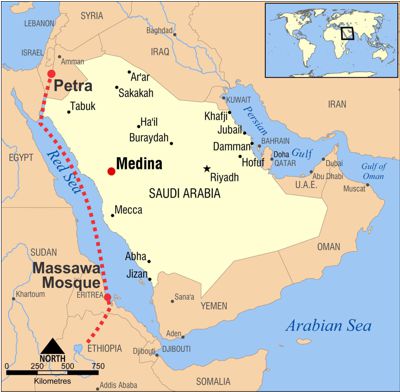
The Petra to Abyssinia journey was mostly by boat
And our topic today is the city of Medina. Where does it fit in all of this? Was Medina in a different location? The simple answer is: No, Medina has always been Medina.
Now, in order to back that up, that’s where we need to understand a couple of things about the city of Medina.
When Muhammad and his followers were persecuted, some of his followers emigrated to Abyssinia. That’s Ethiopia. This was the first Hijra. We will look at the qibla of the mosques they built when they arrived in Africa. It is still there. When we do: Early Qiblas, a video series, we will include that mosque and you can see. Now some of Muhammad’s followers went back and forth.
Eventually the persecution stopped because Muhammad uttered favorable verses about the gods El-Lat and El-Uzza, and El-Manaat. (Sura 53:19–20)
Then he retracted those verses, and persecution started again. So some of his followers suggested that they move to the area known as Yathrib, which would later be called Medina.
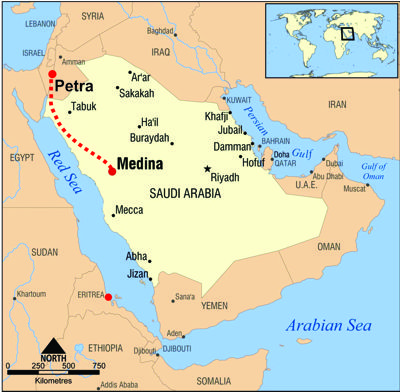
The hijra to Medina would have been harder and taken longer because it was across the Nafud desert.
Today Medina is a modern city, but it wasn’t always so. Originally Medina was not a city. The area was known as Yathrib, يثرب and it was an agricultural area. The very name means the place of the bull or the place of cattle.
You see Medina was a low area, where run-off water from the surrounding barren mountains collected. The valley was green but for many centuries Yathrib was not much more than a swamp. From the outside it looked like a lush green valley. However, its wetlands were a source of sickness.

Medina was lush green with stagnant water
Bukhārī Ḥadīth 3:113 tells us: When Allāh’s apostle reached Medina, (this is at the end of the Hijra) Abū Bakr and Bilal became sick. When Abū Bakr’s fever got worse, he would recite (poetry).
And Bilal, when his fever deserted him, would recite: “Would that I could stay overnight in a valley wherein I would be surrounded by Idhkhir and Jalil (which are two kinds of grass). Would that one day I could drink the water of the Majanna, and would that (the two mountains) Shama and Tafil would appear to me!”
The Prophet said, “O Allāh! Curse Shayba bin Rabī’a and ‘Utba bin Rabī’a and Umaiya bin Khalaf as they turned us out of our land to the land of epidemics.”
Allāh’s apostle then said, “O Allāh! Make us love Medina as we love Mecca or even more than that. O Allāh! Give blessings in our food and make the climate of Medina suitable for us, and divert its fever from us.”
’Ā’isha added: When we reached Medina, it was the most unhealthy of Allāh’s lands, and the valley of Bathan (the valley of Medina) used to flow with impure colored water.
To the outsider passing by, Medina was a long valley with fields, trees and fortified houses. These houses were designed in such a way that the workers in the fields around them would be protected by mud walls. In the case of attack, the people could run into the houses and fortify themselves inside the towers.

Mud house construction
Here mud houses are being constructed in Yemen, in a similar style to the early houses in Medina. The workmen mix the mud with their feet. Also, they are not very far from their weapons.
Yathrib was knows as an oasis, and can be found in ancient records as far back as the 6th century BC when it is mentioned in the Chronicle of Nabonidus.
Ali Hafiz tells us that the first major wave of refugees into the area that we know about started in 70 AD when Jews arrived, fleeing from the destruction of Jerusalem by the Roman forces. In the years that followed more Jews arrived, some moving on to Yemen, but some staying until there was a small thriving community of Jews there. At the time of the Hijra, the Jewish tribal groups in Medina numbered more than twenty. By this we can assume that there were more than 20 distinct Jewish families or large clans in Medina. The first group of Yemeni refugees began arriving in the 2nd century AD when the Ma’rib dam broke the first time. The final and probably largest migration of Yemenis was between 542 and 570 AD, when the Ma’rib dam failed for the final time and over 50,000 people moved out of Yemen, some stopping in Medina, and some moving on to Egypt, Libya and even as far as Tunisia and Morocco.
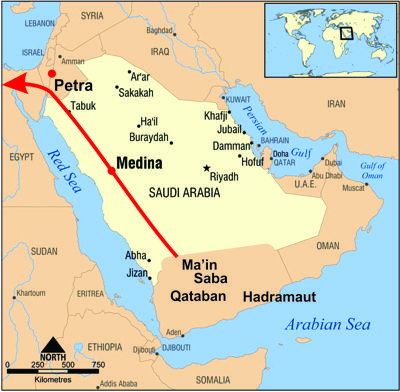
Route refugees took out of Marib
Two Yemeni tribes, the Aus and Khazraj tribes from Yemen settled in the Yathrib valley and farmed the land. Eventually they united to become one tribe known as the Anṣār, who allied with the Jews at first to defend themselves. Later trouble broke out between the Anṣār and the Jews. Some of the Anṣār they had heard Muhammad’s teaching, and so they invited him and the followers of Muhammad to come to the Yathrib valley to aid them in their struggles with the Jews.
Over the years, the area known as Yathrib had many names. Alī Ḥafiz notes in his book on the history of Medina and ninety-five different names for Medina. (Taba, Tayba, al-’Asima, Al-Anṣār, al-Mumina, Dar Al-Sunna, Dar Al-Salām, Dar Al-Fatḥ, Al-Dira, Al-Ḥasina, That al-Ḥarar, That Al-Nakhīl, Akitat Al-Bildan, Al-Barra, Al-Jabira, Dar Al-Īmān, and Medinat al-Rasūl)
I have listed a few of them on the screen. During the founding years of Islam, it was known as Medinat al-Rasūl or (The City of the Prophet) which, when shorted becomes Al-Medina or just Medina. The City.
After the Hijra, Medina became the center of Islam. It was here that much of the Qur’ān was revealed, and it was here that Muḥammad and his followers not only subjugated the Jews, but also began to build their fortunes by plundering merchants traveling to Yemen. At first they were careful to only attack passing caravans, but eventually they ranged wider and wider until much of central Arabia was under their influence.
Following the death of Muḥammad, the next two caliphs ruled from Medina. Abū Bakr did much to spread Islam within the Arabian Peninsula. His armies marched as far as Iraq and Syria. Omar was the next caliph, and during his reign Islam spread over the entire peninsula, his armies defeating the Persians and Romans and marching into Egypt.
As Medina was the capital of the newly born Islamic state, it was here that administrative and financial rules were laid down. It was in Medina that Islamic principles and teachings were discussed and taught. Military buildings were built and centers of learning were constructed.
The third caliph ’Uthmān continued the spread of Islam by armed force, taking it to Cyprus. ’Uthmān was assassinated, and eventually Mu’āwiyah took over and they moved the capital city to Damascus in order to better control the growing empire.
Later, starting in 63 AH Medina and Mecca became involved in a rebellion against Damascus. During this time a number of civil wars took place, and eventually the holy places were totally destroyed.
When the Abbāsids took control of the Islamic Empire in 132 AH, Medina continued its state of unrest and rebellion until the Abbāsids destroyed all of their opponents in Medina.
Later in 1258 AD (654 AH) a volcano erupted in a place called Habs and continued for three months. The lava flowed towards Medina, stopping some 22 kilometers from the city proper.
Now, today the city has over a million people in it. There is little doubt that the modern city of Medina is the one spoken about in early Islamic history. As I have mentioned, the earliest mention of this city is found in records from over thousand years before the prophet Muhammad.
The area and the layout fits the descriptions, of the early records; it has the two mountains there, and Muhammad was there, where he dug a ditch between the two mountains to defend the city from the Quraysh, who were attacking from the north, coming down from the north into Medina.
Since Petra, the founding city of Islam was in the north, all of the caravans from Syria and Jordan had to pass through Medina on their way to Yemen, thus making them targets for Muhammad’s bandits.
Quba Mosque, the first mosque built by Muhammad. Caliph Uthman made the first renovations to this mosque. It was renovated again in 435 AH, then in 555 AH and about each hundred years 600s, 700s, 800s, and then in 1245 AH, and so eventually the mosque was demolished and rebuilt to what we have today.
Masjid al-Qiblatain is another important mosque. It is traditionally thought that it was here that Muhammad changed the direction of prayer. He was originally facing towards the Roman province of Syria, and he turned around and faced Mecca in Saudi Arabia. That’s what the traditional accounts say.
This mosque also has a very long history. The interesting thing is that it maintained two Qiblas over the centuries; even when it was rebuilt in 626 AD. The important date is 1987, when this mosque was completely renovated, they tore it down and built a new one that faces Mecca in Saudi Arabia. Nothing remains of the original mosque, but ’Abdel Wahid el-Wakil, the architect, he made drawings of the foundation stones, so those drawing show that there were two Qiblas, one facing north and one facing Mecca.
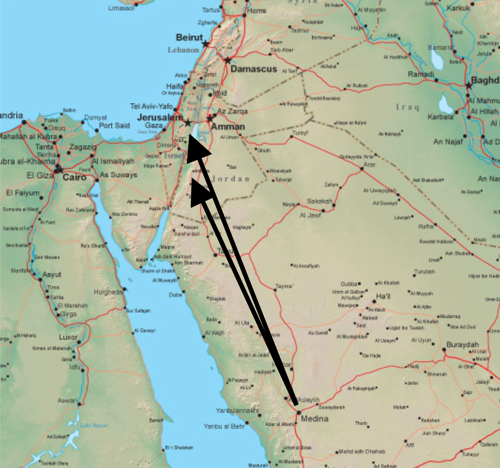
Medina faced both Petra and Mecca
So that demonstrates the problem was facing Mecca, ah and facing Jerusalem and facing Petra are very close. I believe it faced Petra, but at this point people had forgotten Petra and so they said it faces Jerusalem, and that’s where the whole Jerusalem account comes from. The original records just mention the Roman province of Syria. This mosque faced it, and ah, it faced the Roman province of Syria, but I believe it faced Petra.
And we substantiate that with all the other mosques that we can look at, at the time, and all of them pointing to Petra, not to Jerusalem.
And so it becomes obvious that when we study these mosques, that they faced Petra; for almost a hundred years. That’s when the Prophet’s Mosque, it was there; the prophets house was there, Aiysha’s house was there. This mosque has expanded over time, so that it includes the tombs of Muhammad, and Aiysha and so forth. This is the mosque of the prophet. And so it is called: Masjid al Nabi, that is there.
So, there are graveyards there. Al-Baqi’i is there. It is a graveyard. Many famous people are buried there. I really do not think that there is any other place that fits. As far as I am concerned, Medina is definitely Medina.

The Battle of the trench
Now some people wonder about how far the city is. Like, the distance between Petra to Medina is quite long. This is only because they are used to the idea of Mecca being close by. By actually, it makes sense that it is this far apart. We can see the two mountains, where the Muslims dug a trench. And you can see that sometimes it took them a month or more to go from the holy City to Medina depending on the route. Now notice that whenever the Quraysh and those with them attacked Medina, like in the battle of the trench they always came from the north. Mecca is in the south, but the attacks always came from the north. Many Muslims know the story of how Abu Sufyan, known as Sakhr bin Harb, attacked Medina and was beaten off. Did you know that Abu Sufyan paid taxes to the Byzantines? He was given arms and military supplies, from the Byzantines, based in Damascus, so that he could attack Medina. Now how could he do that, if he was in Mecca, which is SOUTH of Medina? depending on the route.
Everything about Abu Sufyan speaks to us of a northern Arabia existence. Have a look at the video in the series about the Romans: Where were the Romans.
So Medina fits Medina in Saudi Arabia. There is no question in my mind that the ancient Islamic records speak of Medina, and it is the same Medina that we know today.
Some people have written me and suggested that maybe Medina is in a different place, but I don’t see any supporting evidence what-so-ever. Just people guessing and speculating.
Some people argue that Medina was too far from Petra. I agree that it was far, but as I have said, some trips are recorded that are for several months (especially if you think about the location of the Battle of Badr. I have a video on that, video # 10; you can go back and look at that) and some as short as two weeks.

Location of Qastal
In the video series, Archeology and Islam, I place the Battle of Badr at Qasr al-Qastal in Jordan. It was the earliest known Muslim graveyard in Jordan. As long as Muhammad and his men raided around Medina, the Romans never reacted. But once they penetrated far into Byzantine controlled areas that’s when the confrontation started.
You can learn more about the proposed site for the Battle of Badr in Video # 10 of the series: Archeology and Islam. So, now in conclusion, I am only suggesting changes for the city of Mecca, and the locations of some of the villages and other places that were close-by around Mecca. These I believe are references to the city of Petra, known in Greek as the Mother of all Settlements, and by the polytheists in Petra, as Mecca; The Mecca.
I am Dan Gibson, and this has been another video in the series Q&A Questions and Answers. Make sure you see the documentary film: The Sacred City, and read the books and papers written on this topic.
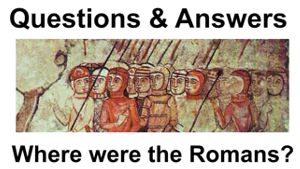

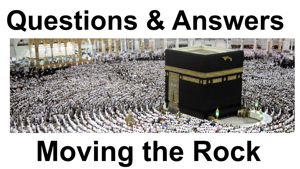
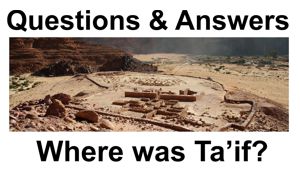
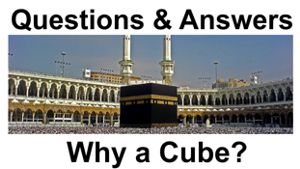

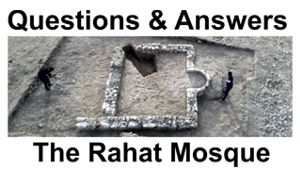
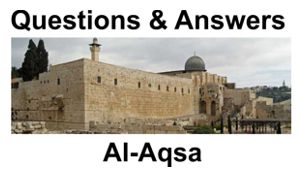
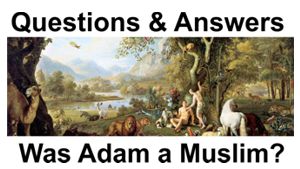
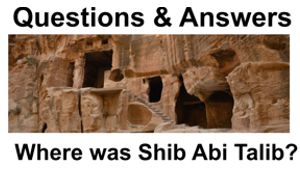



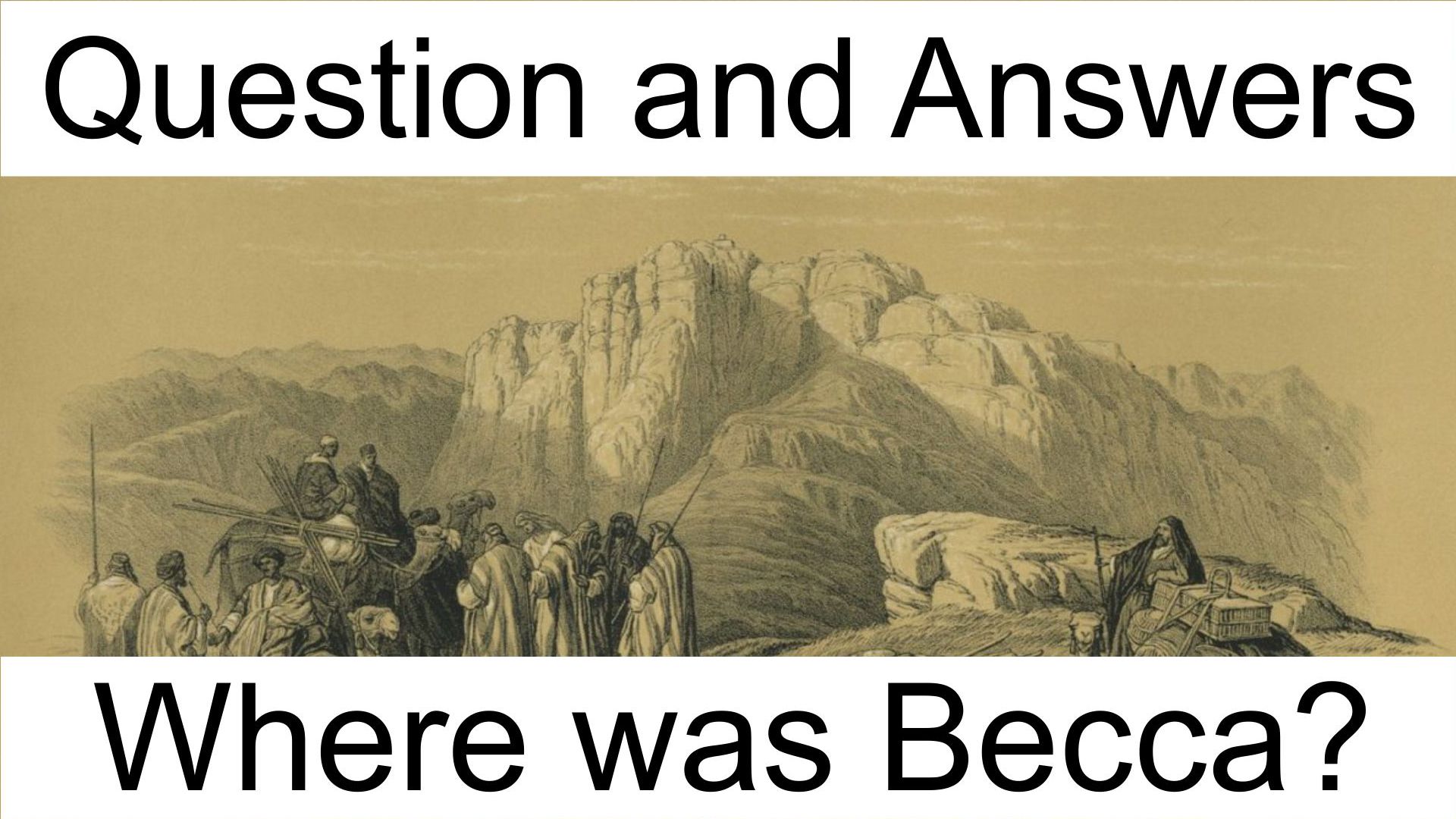
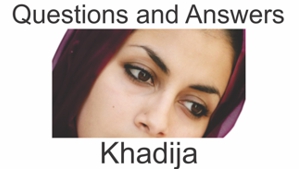
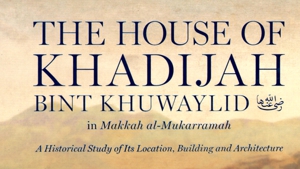
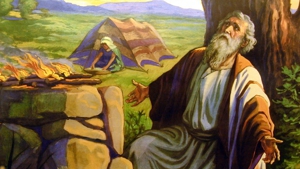
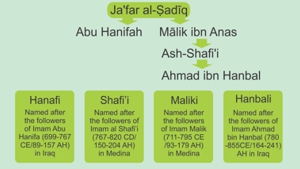

Page Discussion
Membership is required to comment. Membership is free of charge and available to everyone over the age of 16. Just click SignUp, or make a comment below. You will need a user name and a password. The system will automatically send a code to your email address. It should arrive in a few minutes. Enter the code, and you are finished.
Members who post adverts or use inappropriate language or make disrespectful comments will have their membership removed and be barred from the site. By becoming a member you agree to our Terms of Use and our Privacy, Cookies & Ad Policies. Remember that we will never, under any circumstances, sell or give your email address or private information to anyone unless required by law. Please keep your comments on topic. Thanks!